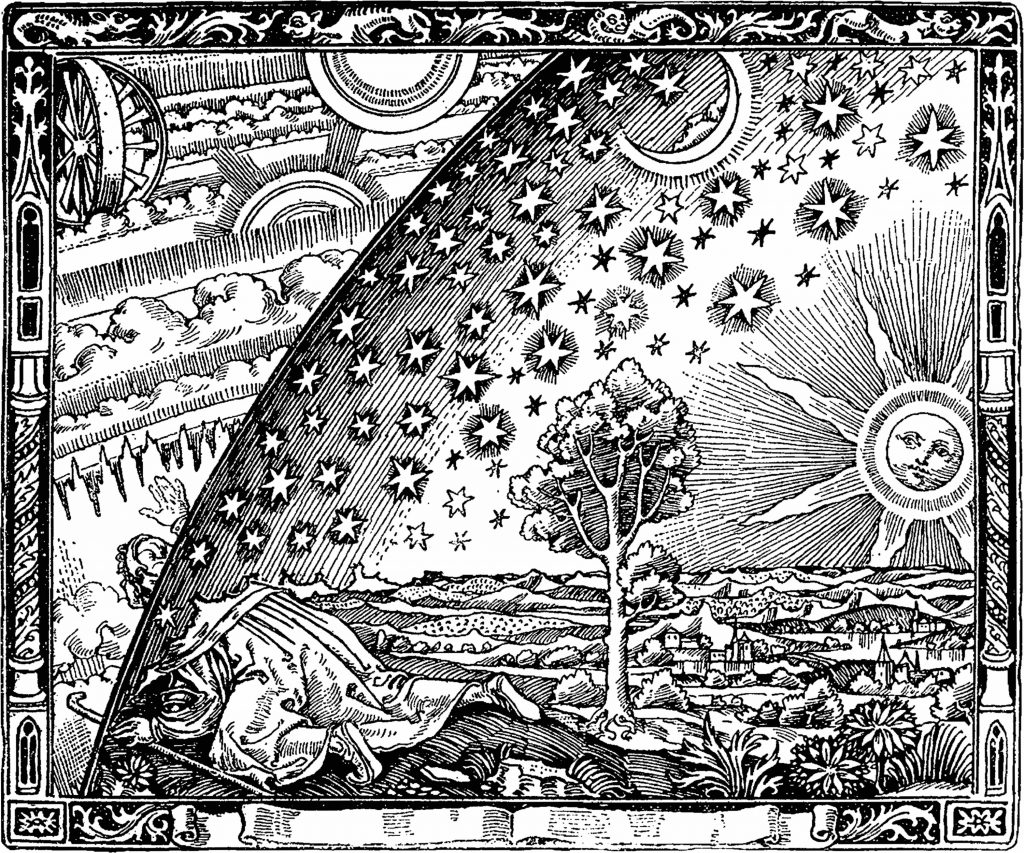Disclaimer: A dream belongs to the dreamer. This blog only offers suggestions for you to explore. If you want to explore a dream, book a Dream Consultation to go into depth about the meaning of your particular dream.
Shoes in Dreams: Symbols of Transformation, Freedom, and Identity
Dreams have a way of revealing deeper truths about our emotions, relationships, and personal growth. Shoes, in particular, hold powerful symbolism. They represent our journey, status, and the way we move through life. In mythology and fairy tales, shoes often symbolize transformation—think of Cinderella’s glass slipper, The Red Shoes by Hans Christian Andersen, or even Hermes’ winged sandals in Greek mythology.
In my recent dream, I was on a first date with a man I truly liked. I could see in his eyes that the feeling was mutual. But my boots were too tight and the heels were too high, making it hard to walk comfortably. I decided to take them off and leave them in the magic forest, walking barefoot beside him. As we continued, I thought to myself, I hope I can retrieve my boots once the walk is over…
In waking life, I consider myself one of small ones (read more about a small girl riding a horse) and I stopped wearing high heels almost a decade ago. I usually put on a pair of comfortable sneakers nowadays.
What My Dream Means
This dream speaks to a moment of transition in my life. The tight boots symbolize old limitations, expectations, or fears that I’ve been holding onto. Removing them in the enchanted forest suggests a willingness to let go and embrace vulnerability in my connection with this man. Walking barefoot represents a newfound freedom, authenticity, and trust in the journey.
But the lingering thought—will I get my boots back?—reveals a deeper fear. Am I afraid of losing myself in love? Can I fully embrace change while still holding onto what makes me me?
Carl Jung (1964) saw shoes as symbols of groundedness and one’s position in life, suggesting that they can represent either stability or restriction, depending on their condition. In my case, the boots were too tight, indicating something in my life that no longer fits—perhaps old ways of relating, outdated beliefs, or fears of intimacy. Jung also wrote about dreams of losing shoes, interpreting them as a sign that the dreamer is shedding an outdated self-concept (Jung, 1964).
Marie-Louise von Franz (1970), a Jungian analyst who studied fairy tales, noted that shoes often represent a person’s relationship with their destiny. If the shoe fits, one has found alignment with their true self. In contrast, if the shoe is lost, the dreamer is undergoing a transformation but has yet to find their new place in the world.
What Is the Meaning of Cinderella?
Cinderella is one of the most well-known fairy tales worldwide, appearing in multiple versions across cultures. The version recorded by Charles Perrault (1697) and later popularized by the Brothers Grimm (1812) tells the story of a young woman whose true identity is hidden beneath rags and hardship. In their book The Myth of the Goddess: Evolution of an Image (Aff) Anne Baring and Jules Casford write:
The Story of Cinderella belongs with the image of Sophia. Fairy-tales speak with the immortal wisdom of the sol to draw attention to what has been lost or denigrated by the conscious cultural tradition. They tell the story of what has happened to the missing dimension and what still needs to happen for the balance in the archetypical imagery to be restored (p655).
The Classic Tale of Cinderella
Once upon a time, in a kingdom far away, there lived a beautiful young girl named Cinderella. She had a kind heart and a gentle spirit, but her life was full of hardship. Her mother had passed away when she was just a little girl, and her father, who loved her dearly, remarried a woman who was cold and cruel.
Cinderella’s stepmother had two daughters of her own, and they were just as mean and unkind as their mother. The three women treated Cinderella terribly, making her do all the household chores—scrubbing floors, washing dishes, and tending to the animals. Despite the mistreatment, Cinderella remained kind and patient, always dreaming of a better life.
One day, the king of the land announced that a grand ball would be held at the palace, and every young woman in the kingdom was invited. The ball was to find a bride for the prince, and Cinderella’s stepmother and stepsisters were overjoyed. They spent hours preparing, picking out the finest dresses and shoes, and they told Cinderella she was not allowed to go because she had nothing suitable to wear.
Heartbroken, Cinderella retreated to her room and began to cry. But then, her fairy godmother appeared. With a wave of her magic wand, the fairy godmother transformed Cinderella’s rags into a magnificent gown of silver and gold, and she gave her delicate glass slippers to wear. However, she warned Cinderella that the magic would wear off at midnight.
At the ball, Cinderella was the most beautiful woman there. The prince immediately noticed her and they danced the night away. They talked and laughed, and Cinderella felt truly happy for the first time in a long time. But as midnight approached, Cinderella remembered the fairy godmother’s warning. She quickly fled the palace, but in her haste, she left behind one of her glass slippers.
The prince, determined to find the woman he had danced with, ordered that the entire kingdom search for the owner of the glass slipper. When the prince’s men arrived at Cinderella’s house, her stepsisters tried on the slipper, but it didn’t fit them. Then, when Cinderella tried it on, it fit perfectly.
The prince knew she was the one. He took Cinderella to the palace, and they were married soon after. From that day forward, Cinderella lived happily ever after, no longer a servant but a Queen, loved by all for her kindness, grace, and resilience.
It is a story of transformation. The glass slipper is key to the story—it is a symbol of her true Self. It is delicate yet unbreakable, just as her spirit has endured despite suffering. Her ability to wear the shoe signifies her readiness for transformation.
Cinderella’s Meaning in My Life
At 56 years old, living with diabetes, I relate to Cinderella in ways I never did before. Aging and illness bring changes that make me question who I am and what I deserve. Like Cinderella, I have moments of feeling invisible, as though my past self—the energetic, carefree version of me—has been lost.
But like her, I am also realizing that my worth is not determined by limitations. The “glass slipper” in my life might be the small moments of joy, the love I welcome in, and the strength I find in embracing change.
Just like in my dream, letting go of my old “shoes” (past identity, self-doubt, fear of the future) doesn’t mean losing myself. It means stepping into something new—perhaps even something magical. In my dream, I am walking into the forest, the archetypal place of magic.
Marie-Louise von Franz (1990) explored the Cinderella archetype and how it relates to a woman’s animus (the masculine aspect of her psyche). She wrote that the prince represents the animus—the inner masculine that helps a woman move toward individuation. In my dream, the man I walked with could symbolize this integrated animus, a positive and supportive force helping me step into a new chapter of life.
But you might say: Cinderella puts on glass shoes, while you in your dream were walking on bare feet in the forest. I thought about that as well, and a beautiful poem came to mind. It was written by Elizabeth Barrett Browning in 1856:
Earth’s crammed with heaven,
And every common bush afire with God,
But only he who sees takes off his shoes;
The rest sit round and pluck blackberries.
Conclusion: Embracing Change, One Step at a Time
The poem by Elizabeth Barrett Browning beautifully ties into the essence of transformation we see in both my dream and Cinderella’s story. The act of taking off one’s shoes, as the poem suggests, symbolizes a moment of reverence and readiness to embrace the divine and the unknown. It’s an acknowledgment that we are walking in a sacred space, whether in the forest of our own lives or the depths of our dreams. Like the characters in these stories, we too must sometimes shed the old versions of ourselves—the limitations, the doubts, the past identities—before we can fully experience the magic of growth and change.
In my dream, walking barefoot symbolized shedding those old shoes and stepping into a new chapter of self-discovery and renewal. This is echoed in Cinderella’s transformation, where she steps into a new life, not through the constraint of the glass slipper, but through embracing the life she deserves. Both narratives reveal that true transformation doesn’t come from external appearances or fitting into pre-made molds—it comes from an inner awakening and the courage to embrace change, even if it feels uncertain at first.
The glass slipper, while a beautiful and symbolic part of Cinderella’s tale, might also be seen as a metaphor for the idealized self or the identity we try to fit into. My dream of walking barefoot in the forest, letting go of tight boots, suggests that sometimes the real “fit” comes not from rigid expectations but from flowing with life and trusting in the journey.
Ultimately, like both Cinderella and I, we must trust that the right shoes (or paths) will reveal themselves when the time is right. And perhaps, just as Browning’s poem reminds us, it’s only when we take off our shoes—our old stories and beliefs—that we can see the world for what it truly is: crammed with heaven and full of possibility.
Literature
Baring, A., & Casford, J. (1993). The Myth of the Goddess: Evolution of an Image.
Browning, E. B. (1856). Aurora Leigh (The poem can be found in this collection).
Jung, C. G. (1964). Man and His Symbols. Doubleday.
Perrault, C. (1697). Histoires ou contes du temps passé, avec des moralités: Contes de ma mère l’Oye [Stories or Tales from Past Times, with Morals: Tales of Mother Goose].
von Franz, M.-L. (1970). The Interpretation of Fairy Tales. Shambhala.
von Franz, M.-L. (1990). Animus and Anima in Fairy Tales. Inner City Books.
Our Current Courses (Click to find out More)
Sign up for our free e-book: 10 easy ways to instantly improve your dream memory


